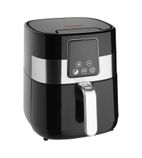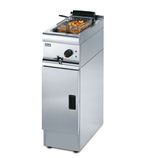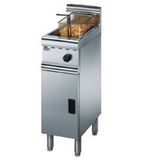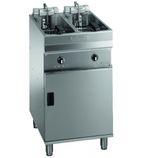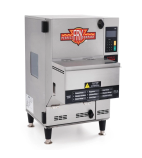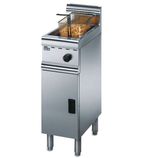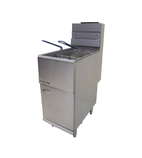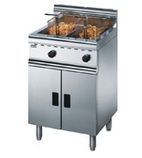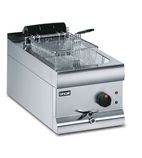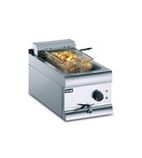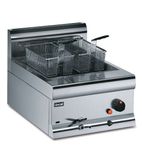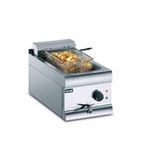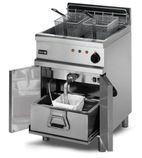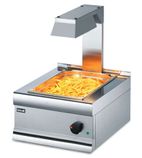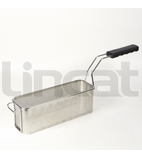Commercial Fryers and Chip Scuttles
We supply a broad range of gas and electric commercial fryers by major catering appliance brands such as Lincat, Buffalo, and Falcon, all at very competitive prices. Compact units with single tanks are suitable for small scale operations, including counter top units, with larger single or twin tank units (for managing different fried foods and ensuring non-contamination) for businesses with a higher output. Built in filtration systems in many of the fryers will help to extend the life of your cooking oil by up to 75%.
We also have specialist fryers such as doughnut fryers, and we have freestanding and countertop appliance models in various sizes to suit your particular kitchen layout. We sell ancillary frying equipment such as chip scuttles for hot holding, and you can find chip scoops and other utensils in our Serving Utensils section.
![]() * Items marked with the 'Order Today Delivered Tomorrow' graphic qualify for Next Day Delivery only if the item is ordered before the Next Day Delivery cut off time shown on the product page. Some Next Day Delivery services are chargeable.
* Items marked with the 'Order Today Delivered Tomorrow' graphic qualify for Next Day Delivery only if the item is ordered before the Next Day Delivery cut off time shown on the product page. Some Next Day Delivery services are chargeable.

